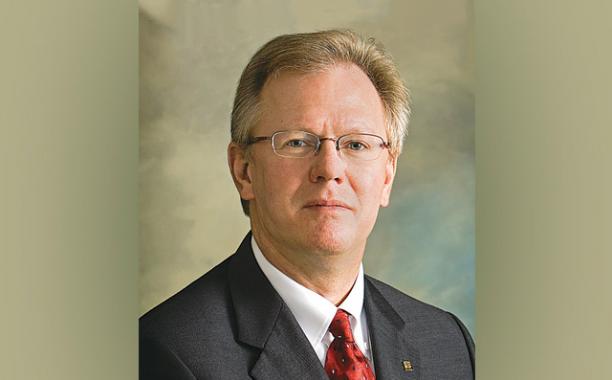
Kerry’s Paris comments reveal a climate truth
FOR THOSE WHO support the EPA’s harsh new rules aimed at coal-fired power plants, the comments of Secretary of State John Kerry during the Paris climate change summit should come as a sobering revelation.
Addressing the plenary session December 9, Kerry stated:
The fact is that even if every single American citizen biked to work, carpooled to school, used only solar panels to power their homes — if we each planted a dozen trees — if we somehow eliminated all of our domestic greenhouse gas emissions… that still wouldn’t be enough to offset the carbon pollution coming from the rest of the world. If all the industrialized nations went down to zero emissions… it wouldn’t be enough — not when more than 65 percent of the world’s carbon pollution comes from the developing world.
Kerry’s point, of course, is that developing nations need to do more to curb their emissions, but his remarks hit on an important truth about climate change: Developing nations are using fossil fuels to bring their citizens out of poverty and grow their economies, and in doing so they are unleashing an enormous amount of CO2 emissions. And nothing the developed world is currently doing will change that reality.
Developing nations are not following our lead
DESPITE KERRY’S REMARKS, the current administration, through its policies, regulations and public statements, seems not to grasp the futility of dismantling the U.S. coal industry and disrupting our energy sector. The administration has taken the position that if the United States sets the example for de-carbonization then developing nations will surely follow suit.
EPA Administrator Gina McCarthy said as much during her testimony before a U.S. House committee last July. When asked if she agreed that the Clean Power Plan would only restrain global warming by one one-hundredth of a degree, she said, “The value of this rule is not measured in that way. It is measured in showing strong domestic action which can actually trigger global action…”
That sounds a lot like wishful thinking. In fact, developing nations are not following the U.S. lead. They are not abandoning fossil fuels. A study by environmental groups CoalSwarm and the Sierra Club found that 557 coal-fired plants were under construction around the globe as of July 2015, with another 1,600 or so in the planning stages. Most of these plants are being built in Asia.
According to Reuters, even the most economically developed nations in Asia continue to build coal plants. By 2021, Japan will add 41, South Korea 20.
It’s true that many Asian countries are also building renewable energy sources, but those sources remain expensive and account for a small percentage of overall electricity generation. More than two-thirds of China’s generation comes from coal despite that country’s substantial investment in renewables. And that share could be even higher, because China recently admitted underreporting its coal consumption by 17 percent.
In effect, the anti-coal rules promulgated by the EPA are accomplishing nothing while destroying good U.S. jobs, devastating our coal-mining industry, disrupting our electric utility industry, and raising the cost of energy for consumers and businesses.
IF ALL THE INDUSTRIALIZED NATIONS WENT DOWN TO ZERO EMISSIONS…IT WOULDN’T BE ENOUGH — NOT WHEN MORE THAN 65 PERCENT OF THE WORLD’S CARBON POLLUTION COMES FROM THE DEVELOPING WORLD.
— SECRETARY OF STATE JOHN KERRY
For these reasons, the Boilermakers union has filed lawsuits against the EPA in opposition to the agency’s Clean Power Plan, which targets existing power plants, and its New Source Performance Standards rule, which makes it virtually impossible to build new plants. And we are not alone. About half of all U.S. states along with utilities and other unions are also suing EPA over these costly, destructive and futile rules.
We need practical political leadership
IF THE PARIS summit seemed more like theater than substance, it is likely because it lacked a clear path to climate change mitigation. Taken together, all of the targeted emission reductions proposed by participating nations cannot prevent a global temperature rise above the 2C threshold.
As Danish author and professor Bjorn Lomborg concluded in a recent peer-reviewed study, those national targeted reductions would cut global temperatures by a mere 0.05 C by the year 2100 with an estimated cost to the global economy of about $1 trillion annually.
“Looking at the price-tag and the temperature effects of the likely Paris treaty, we can see that something is very wrong with our current approach,” Lomborg wrote ahead of the summit.
Lomborg believes the right approach is to invest heavily in research and development for renewable energy so that it becomes cost competitive with fossil fuels. That is fine, but it does not address what we do with the thousands of operating coal-fired power plants around the world, many of which have functional lifespans of three or four decades. There lies the best opportunity to make the largest contribution to climate mitigation. Capturing carbon from those plants and safely storing it or making commercial use of it holds the key to staying below 2C. But getting there will require a major investment in R&D backed by governments and industry — at a much higher level than has existed to date.
The current administration is too cozy by far with the Green Movement, with its deep pockets and bevy of lawyers. That relationship has clouded any vision towards an objective, practical approach to dealing with climate change.
As Columbia University professor and noted climate activist James Hansen wrote recently, “Obama’s climate legacy, on his present course, will be worse than a miserable failure: it will be an unnecessary miserable failure…Obama still has a chance at a positive climate legacy, if he ditches Big Green. Better to sit down with the Chinese leaders, who are technically trained, rational, and understand we are together in the same boat. We had better figure out how to plug the leaks together or we sink together.”
Going forward, we will need practical political leadership at the global level that understands the realities of climate change mitigation and is not swayed by environmental activists hell-bent on the total elimination of fossil fuels. And we will need a president who understands that wind turbines and solar panels are a piece of the puzzle — not the puzzle.
While some unions have already endorsed a presidential candidate for the 2016 election, the Brotherhood has yet to do so. The next president must understand the implications of our current climate change policy — a policy that is costly to our members, American industry and the American economy yet achieves virtually nothing in the way of mitigation.
It is not too late to change course. The question is not how do we shut down every coal plant in the world. Rather it is how do we capture, store and use the carbon from all those plants.
The answer will lead us to a workable solution to global warming.











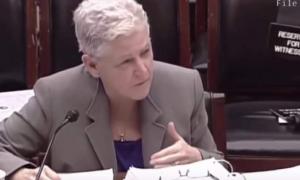
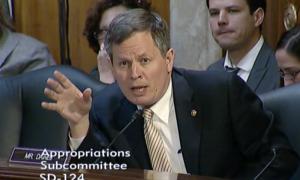


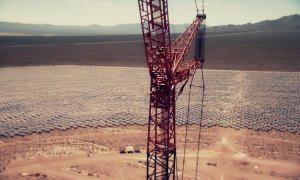
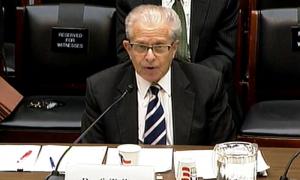
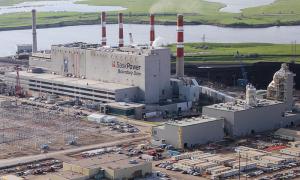
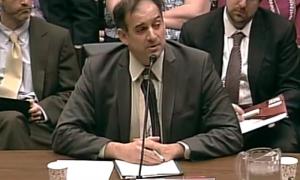
0 Comments